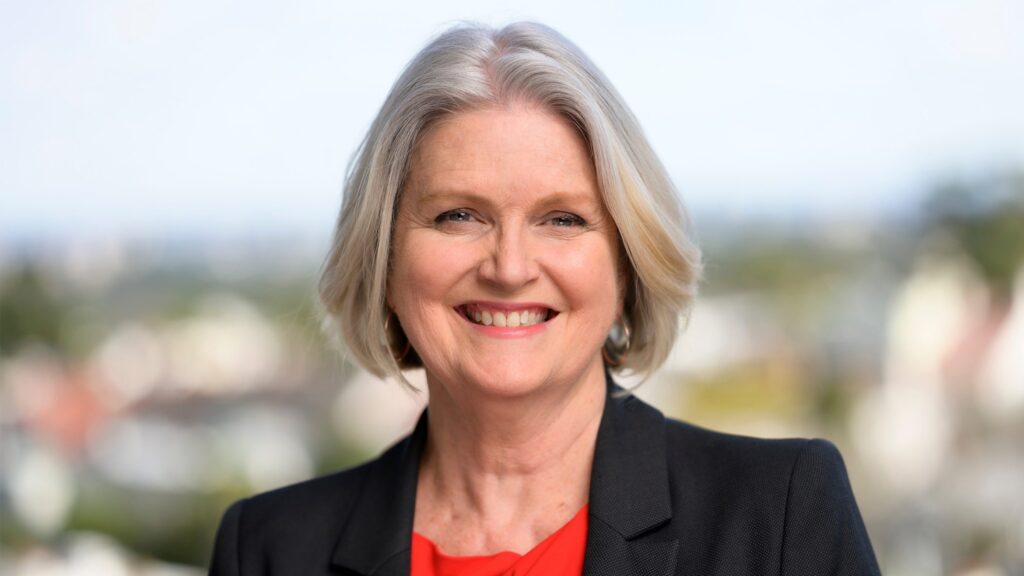Sharp jump in wealth inequality over last 20 years: report
A UNSW Sydney and ACOSS partnership report has analysed the changing distribution of wealth in Australia.

The gap between those with the most and those with the least has blown out over the past two decades, with the average wealth of the highest 20% growing at four times the rate of the lowest 20%, new research by ACOSS and UNSW Sydney shows.
The latest report from the Poverty and Inequality Partnership, Inequality in Australia 2023: Overview, shows that wealth inequality has increased strongly over the past two decades. From 2003 to 2022, the average wealth of the highest 20% rose by 82% and that of the highest 5% rose by 86%, leaving behind the middle 20% (with a 61% increase) and the lowest 20% (with a 20% increase).
The overall increase in wealth inequality over the period was mainly driven by superannuation, which grew by 155% in value due to compulsory savings.
Contrary to the public image of ‘mum and dad’ property investors, investment housing is very unequally shared: the wealthiest 20% hold 82% of all investment property by value.
The report also shows that the government’s timely pandemic response reduced income inequality, but only temporarily.
- In 2020-21, the average income of the lowest 20% income group grew by 5.3% compared with 2% for the middle 20% and 2.4% for the highest 20%, predominantly due to the introduction of COVID income supports.
- However, during 2021-22, the removal of these income supports largely reversed those trends, restoring income inequality close to its pre-COVID level.
- Incomes fell generally, but more so for those with the least. The average income of the lowest 20% fell by 3.5% compared with 0.5% for the middle 20% and 0.1% for the highest 20%.
Scientia Professor Carla Treloar, Social Policy Research Centre, UNSW Sydney said: “This report builds on the Government’s recent wellbeing framework to show that while income inequality has remained relatively steady, wealth inequality has increased over the past decades. We can reverse this trend through more affordable housing and a fairer tax and superannuation system.
“Additionally, increasing income support payments permanently will reduce income inequality.”
UNSW Vice-Chancellor and President Professor Attila Brungs said: “High-quality research, expertise and policy advocacy, such as those at the heart of the Poverty and Inequality Partnership between ACOSS, UNSW Sydney and our partner organisations, are essential if we are to influence and effect lasting change in how wealth is distributed in Australia.
“The report Inequality in Australia 2023: Overview shows that tackling poverty and inequality continues to be an area of great national need. It also demonstrates the capacity of research to inform evidence-based public policy that can have a very real impact on the lives and livelihoods of all Australians.”

Dr Cassandra Goldie, CEO, Australian Council of Social Service (ACOSS), said left unchecked, growing wealth inequality threatened to exacerbate and entrench generational, spatial and social divisions in our community.
“Governments can reverse that tide by fixing inequities in our housing and superannuation policy that disproportionately benefit those with the most.
“The pandemic response highlights the profound impact of government policy on income inequality in our society. Sadly, it was a story of two steps forward, and two steps back when the increased payments were withdrawn and income inequality returned to close to pre-pandemic levels.”
Read the full report on the Poverty & Inequality Partnership’s website.
Use this calculator to see where people rank in the Australian income distribution.
Key findings
Income inequality
- In 2019-20, the highest 20% of households by income had average incomes of $4306 per week after tax, five times the income of the lowest 20% ($794), and the highest 5% ($6495) had eight times the income of the lowest 20%.
- Wages comprise 77% of incomes overall, but the lowest 20% relied relatively more on social security (50% of their income) while the highest 5% relied relatively more on investments (comprising 23% of their income).
Long-term trends in income inequality (1999 to 2019)
- Over the last two decades, income inequality increased during periods of income growth (1999-2007) and stabilized in periods of income stagnation (2007-2019).
- The average incomes of the highest 5% grew faster (by 59% overall) than those of the middle 20% (41%) and lowest 20% (46%) during this period.
Impact of COVID-19 (2019 to 2022)
- During the first year of recovery from the COVID recession (2020-21), temporary government income supports lifted average household incomes and reduced income inequality.
- COVID income supports helped the lowest 20% more significantly than other groups.
- However, the removal of COVID income supports during 2021-22 led to a decline in real incomes and an increase in income inequality, bringing it close to pre-COVID levels.
Wealth inequality
- Average household wealth in Australia is the fourth highest in the world, driven mainly by home ownership.
- Wealth distribution is highly unequal, with the wealthiest 20% holding average wealth of $3,240,000 – six times the wealth of the middle 20% ($588,000) and 90 times that of the lowest 20% ($36,000).
- Contrary to the image of the ‘mum and dad investor’, the highest 20% by wealth holds 82% of the value of all investment property and 78% of all shares and financial investments.
Long-term trends in wealth inequality (2003 to 2022)
- Wealth inequality increased substantially over the past two decades. The wealth of the highest 20% increased by 82% compared to 61% for the middle 20% and just 20% for the lowest 20%.
- Growth in superannuation assets contributed significantly to the overall increase of wealth inequality.



